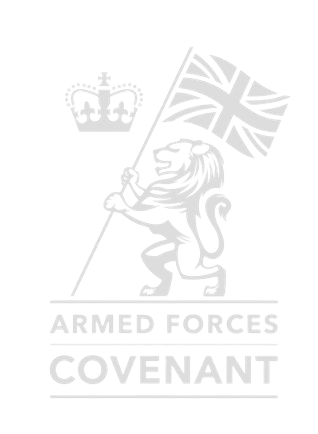
Hiring in the public sector comes with its own unique challenges. Between frameworks, compliance requirements, and multiple layers of governance, getting the right person into the right role isn’t always straightforward.
That’s why the difference between a good recruitment agency and a great one is rarely about ticking procedural boxes. It’s about how well they understand the system, how quickly they can move within it, and how effectively they can align recruitment with real-world outcomes.
Here’s a look at what that difference really looks like across each stage of the process.
Stage 1: Getting onto Frameworks
Frameworks are essential to public sector hiring. They allow organisations to work with pre-approved suppliers who meet defined standards, without needing to run a full procurement each time. But getting onto a framework is no small task. It requires financial transparency, evidence of service delivery, and increasingly, clear commitments to social value, diversity, and sustainability.
What sets great agencies apart here is the depth of preparation. They don’t just meet the requirements, they build their delivery models around them — ensuring the standards are more than just compliance, but embedded into every part of their recruitment process.
Stage 2: Receiving Role Briefs
Once a supplier is on a framework, they begin to receive role requests directly — often before roles go to market. At this stage, it's not just about what's written in the brief. It's about reading between the lines and understanding the transformation behind the role title.
Great agencies know how to ask the right questions. They understand the difference between needing someone to "lead" and someone to "fix." They spot where a role requires deep sector knowledge, or where a fresh external perspective could make all the difference. And when urgency hits, they’re ready — not scrambling.
Stage 3: Sourcing the Right Talent
Public sector roles often demand a blend of rare skills, relevant experience, and the ability to operate in complex, highly structured environments. Some require clearance, others need niche technical capabilities, and most come with tight budget parameters.
The agencies that consistently deliver in this space do more than just search a database. They cultivate trusted talent pools over time. They stay close to their networks. And they headhunt with precision when the brief calls for it. Most importantly, they understand that success isn’t just about a CV match — it’s about cultural fit, resilience, and the ability to navigate public sector challenges.
Stage 4: Compliance and Vetting
This is often where momentum is lost. Vetting processes in the public sector can be extensive, covering DBS, BPSS, SC or DV clearance, references, and qualification checks. When managed poorly, these steps slow everything down.
What makes a difference is anticipation. Great agencies don’t wait until the offer stage to begin compliance. They run processes in parallel, gather documentation early, and keep all parties informed. The result is a smoother, faster route to onboarding — without cutting corners.
Stage 5: Placement and Onboarding
Getting someone into post isn't just about finalising paperwork. There are stakeholders to coordinate, expectations to align, and organisational cultures to prepare for.
This is where recruitment becomes more than just logistics. The best agencies act as partners — guiding candidates through onboarding, managing communication between teams, and ensuring that when someone starts, they’re ready to deliver from day one.
Bringing It All Together
At a glance, the process seems linear: Tender → Role Request → Sourcing → Compliance → Placement. But in practice, it’s anything but simple.
The agencies that stand out are the ones that bring agility, experience, and insight to every stage. They’re responsive without being reactive. They understand the system, but never lose sight of the people within it. And they focus on outcomes, not just activity.
That’s the approach Malikshaw brings to public sector recruitment. After two decades supporting transformation across central and local government, health, justice, and beyond, we’ve learned how to make the frameworks work — not just for hiring managers, but for the people delivering change on the ground.
If you're looking for a partner who understands how to turn process into progress, we’d be happy to talk.






